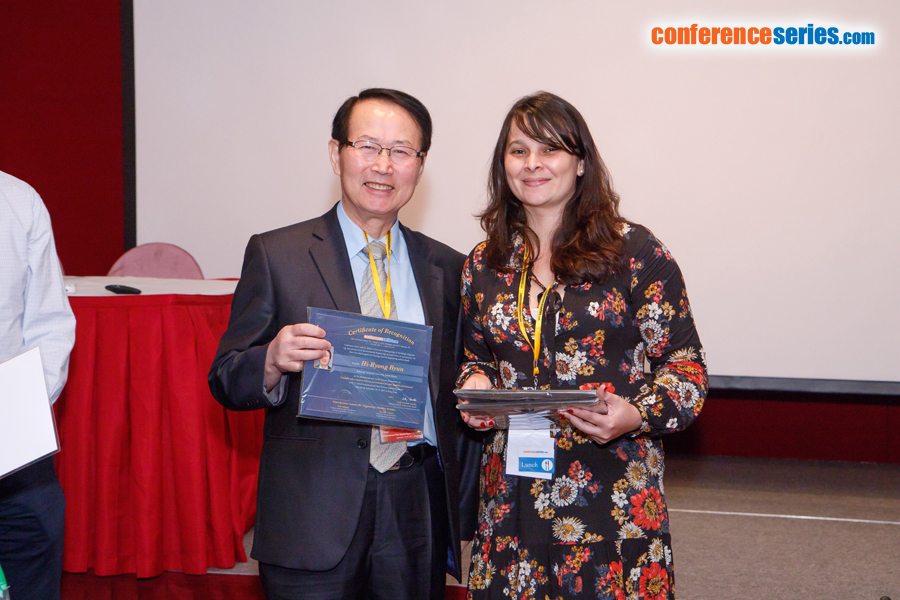
Hi-Ryong Byun
Hi-Ryong Byun, Pukyong National University, South Korea
Title: Available water resources index as an innovation on water quantity environments
Biography
Biography: Hi-Ryong Byun
Abstract
With a new parameter that synthesizes the precipitation amount and its time intervals, this study would like to show a new research field of water quantity environment. The dangers of flood, drought and land slide etc., are caused not by the precipitation sum but by the Available Water Resources Index (AWRI) that is the remained water that diminished along time pass by runoff and evapotranspiration, etc. after precipitation. To calculate AWRI, only a simple logic that says the longer the time passes after precipitation, the smaller the AWRI becomes is adopted. The differences caused by topography, soil texture and ecosystem etc., can be adjusted using the statistics when necessary. Originally the summation duration of precipitation in AWRI is 365 days because it is the main periodicity of precipitation on the whole world but it is elongated to 365+n-1 when the anomalies of AWRI is consecutively negative or positive for n days and it should be recalculated along revised duration. With the use of AWRI, drought diagnosis became more reasonable by using EDI (Effective Drought Index) and its prediction possible. The big Korean droughts on 2012 and 2015 were predicted at 2008 and it is proved true. Every next year’s May drought became predictable in early October when AWRI showed the maximum. It was also found that over 470 mm/day of AWRI at the Dobong observatory make the Eastern Trunk Road of Seoul inundated. This means early warning of flood-like disasters is possible as soon as precipitation is observed or predicted. Besides, water seasons divided into the little water season and the abundant water season not along the rainy days but along the water quantity and the big spatial differences of water environments were digitized for agricultural use




